
Books are quintessential to say the very least and the source of wisdom and truth. Books are also written by humans and honestly being a writer is not that easy.
It takes a lot more than inspiration to churn out a compact book for the readers including the number of sleepless nights and little sacrifices that makes a book happen.
Humankind has this weird agenda of creating or rather cloning things that can be sold anywhere at any price, so piracy in the fields of the book is also prevalent in this sad existence. This has turned out to be a killjoy for most of the writers since privacy hits the writers very hard.
Book piracy is often trivialized, but the truth is that it exists. If one asks the very definition of book piracy, then a proper definition can be provided since the protocols/ideas of piracy are the same.
Reports suggest that about 70,000 books are being published by 15,000 publishers in 22 different languages from our country. In 2011, according to Have to scope India lost around 20 Million Indian Rupees which amounts to $387,000, because of book piracy.
Let us check out, how the Book Piracy works?
The piracy of books in India primarily depends on two factors, one the price and the other is its popularity. A study conducted under Indian Ministry of HRD suggested that print piracy which is prevalent in India is of three distinct types. The most prevalent one is reprinting of books illegally.
The second one is where they falsely use the name of authors, and the last type is where the pirated books are being sold which is the transalated version of any foreign author. The pirates do seem to pay taxes on the profit generated with respective revenues. But for this, the author gets no royalty fee for their book.
It doesn’t just end there; books are being photocopied extensively near the school, college, and universities. Book piracy is surviving longer than it was expected and has grown to be a very lucrative business which doesn’t end with the cloning of the texts but also the cover art, and even the holographic stickers and barcodes to baffle the reader with confusion.
The piracy impacts the author by denying their dues which hits the economic soft spots of any publisher too since a lot gets invested in bringing the copyrights.
The most alluring thing for the pirates is the textbooks since that is loot for them. The textbooks have a bulky demand because of its core importance as study material for school goers. It often so happens that the school reopens and the demand increases which often can’t be met by the combined forced of private and government publishers.
This is exactly where the pirates hop in. From certain sources, it has beeb discovered that March and April are where the bulk load of piracy happens. The original books are copied at presses, and the price comes to as low as ¼ of the original one. These books are of low quality and can easily be identified as a pirated copy. But with the advancement of technology, these books are now being sold keeping the quality in mind and can’t be distinguished. The small sellers often sell these books to meet the demands without caring much about the business ethics.
Reports suggest that the foreign publishers are also facing such issues where around 50billion pages are being illegally printed each year. Book Piracy is now easier due to the technological advancement where it just takes a printing machine and a scanner to reprint the books.
Academic books which are often very expensive get pirated for student’s convenience. These books are often circulated amongst the academic circuits, but mostly these books are photocopied. This menance of photocopying is not only affecting the industry but also jeopardizing the budding writers. Section 63 which is the copyright act of India, it is a criminal offense to sell or even buy photocopied books.
Despite the laws and the copyrights that protect the authors, this issue has been normalized and trivialized to some extent, but to address to this issue, the government body should implement a rigorous set of laws in they plan to combat this menance effectively.
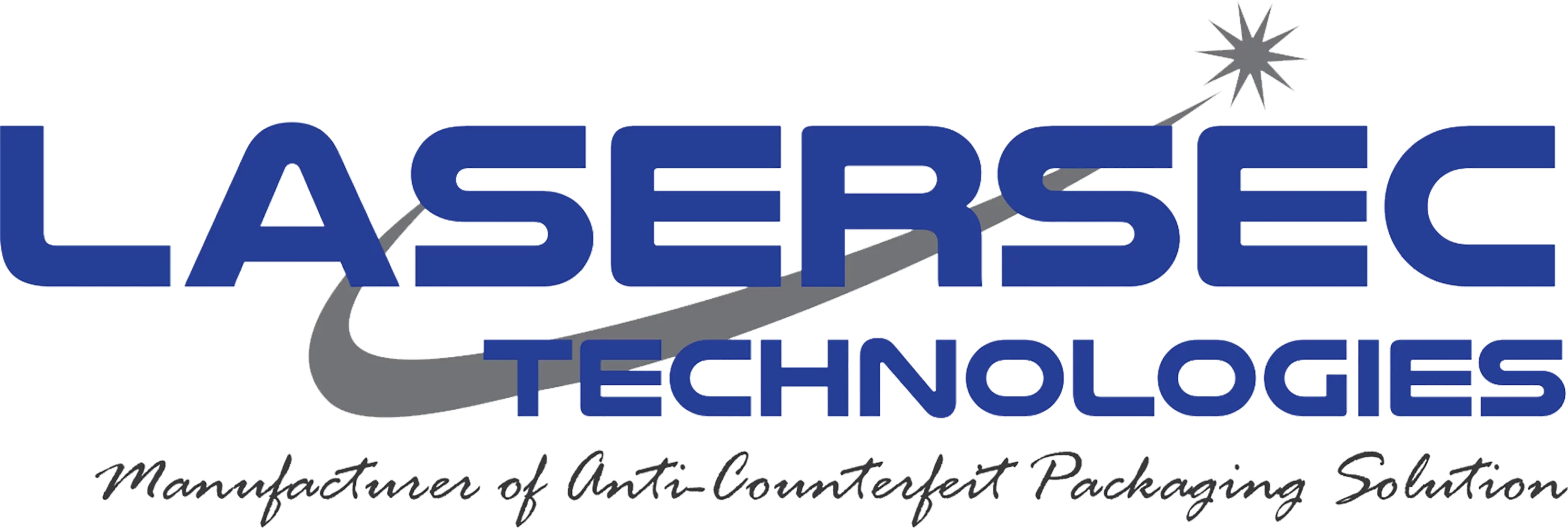





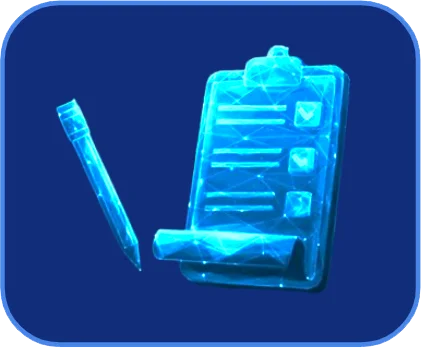



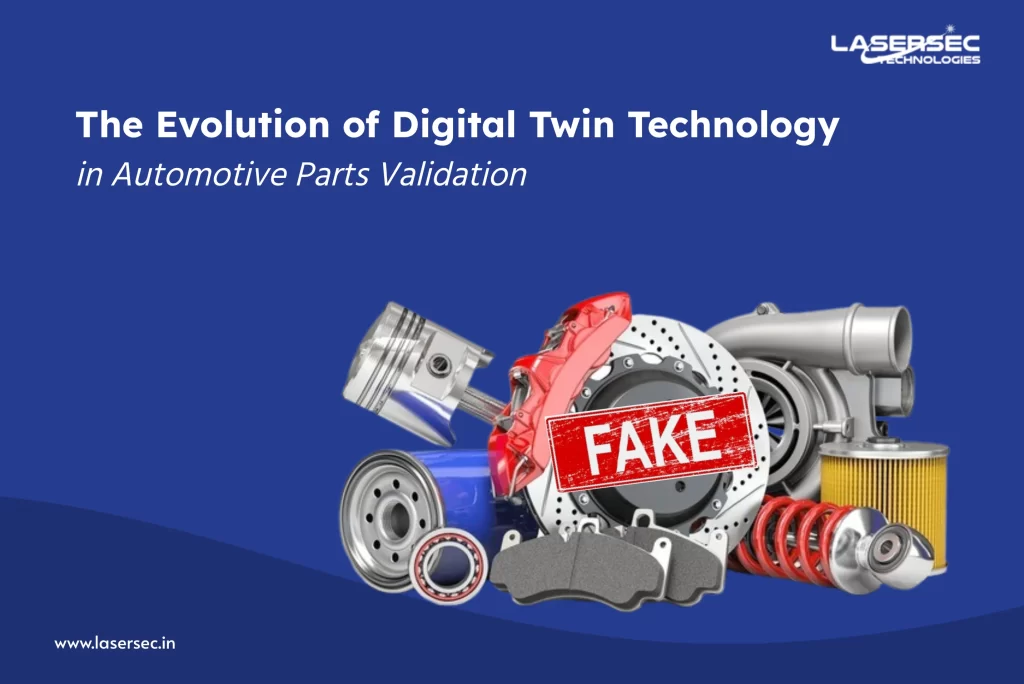
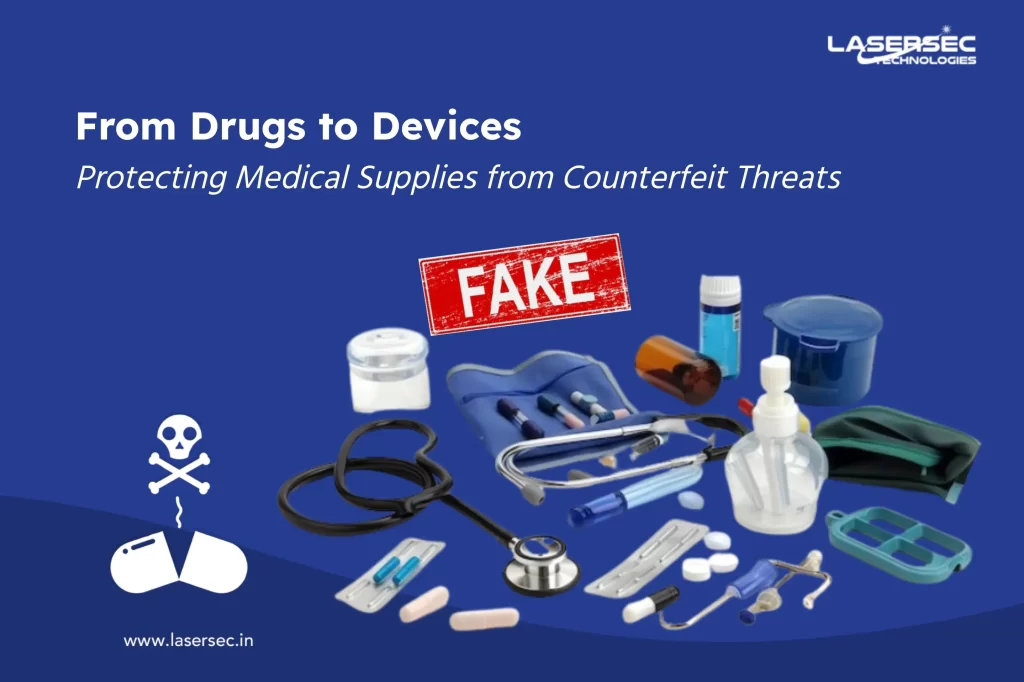
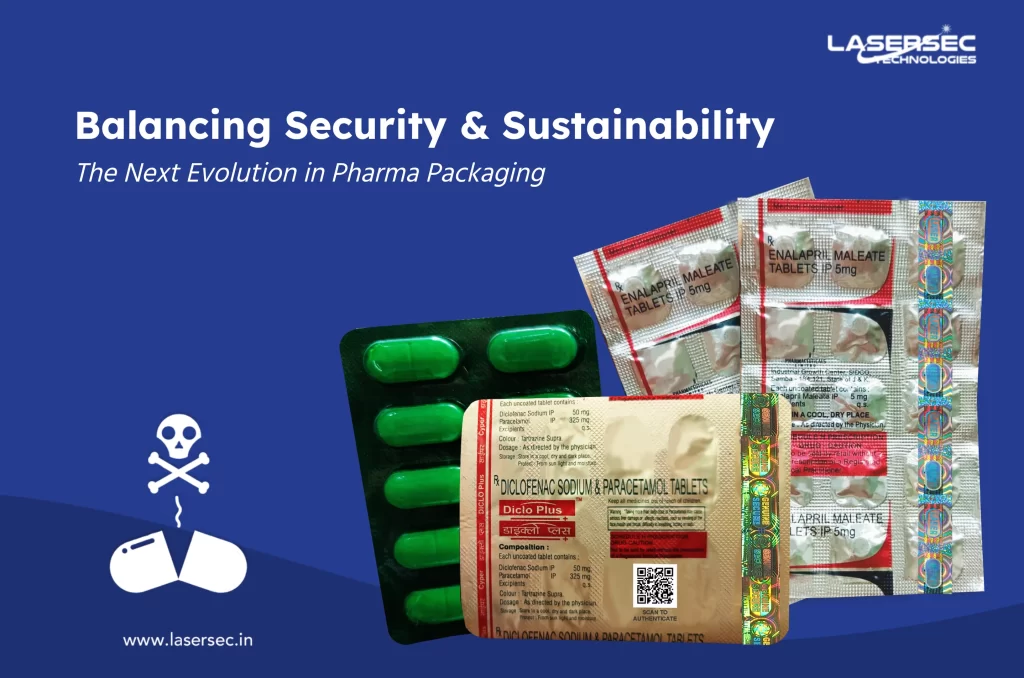
 Ready to explore eco-conscious security foils?
Ready to explore eco-conscious security foils? 